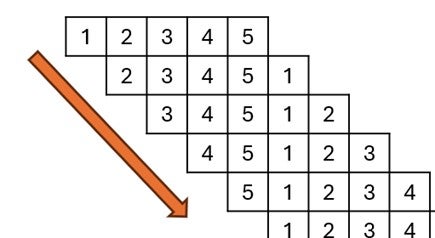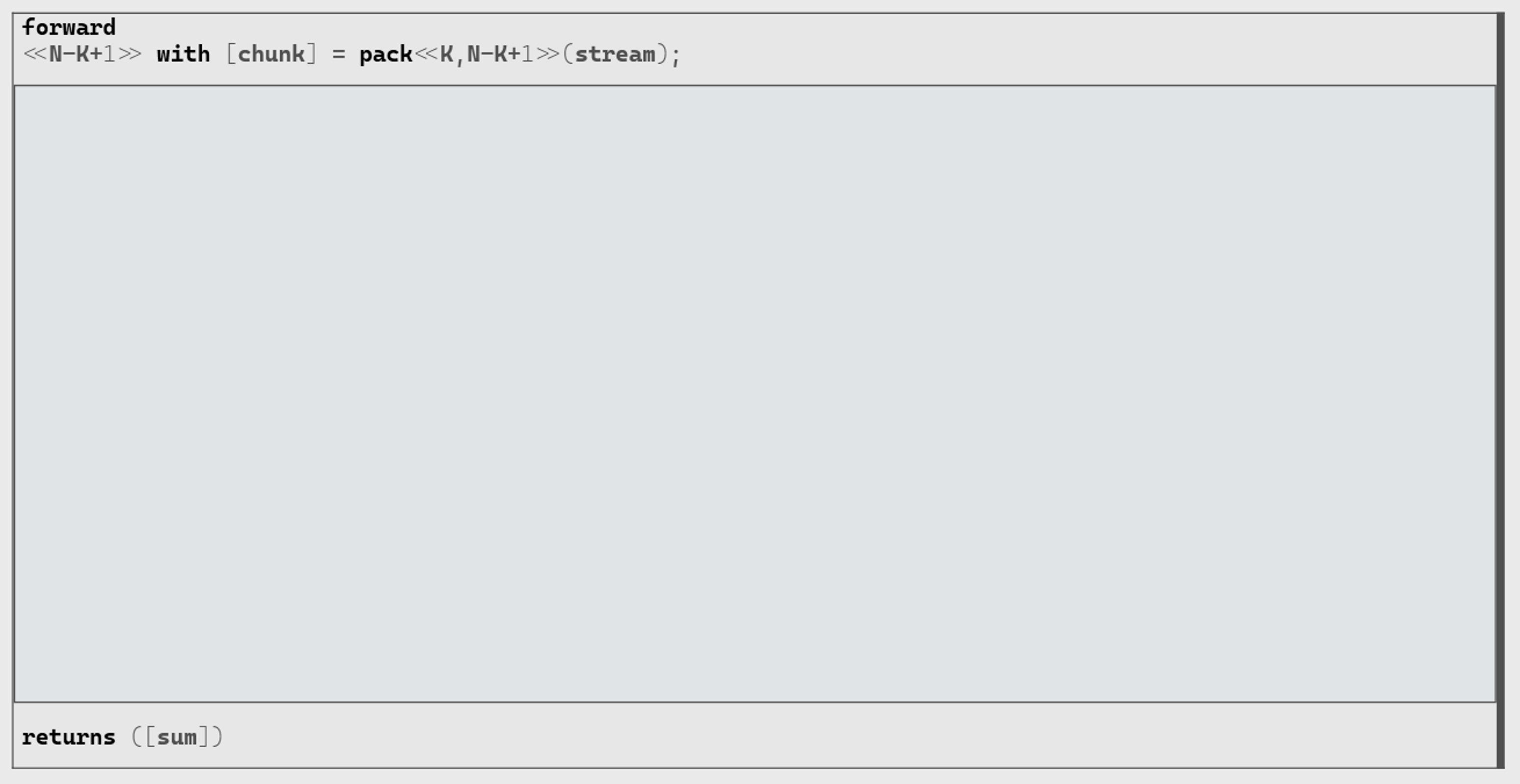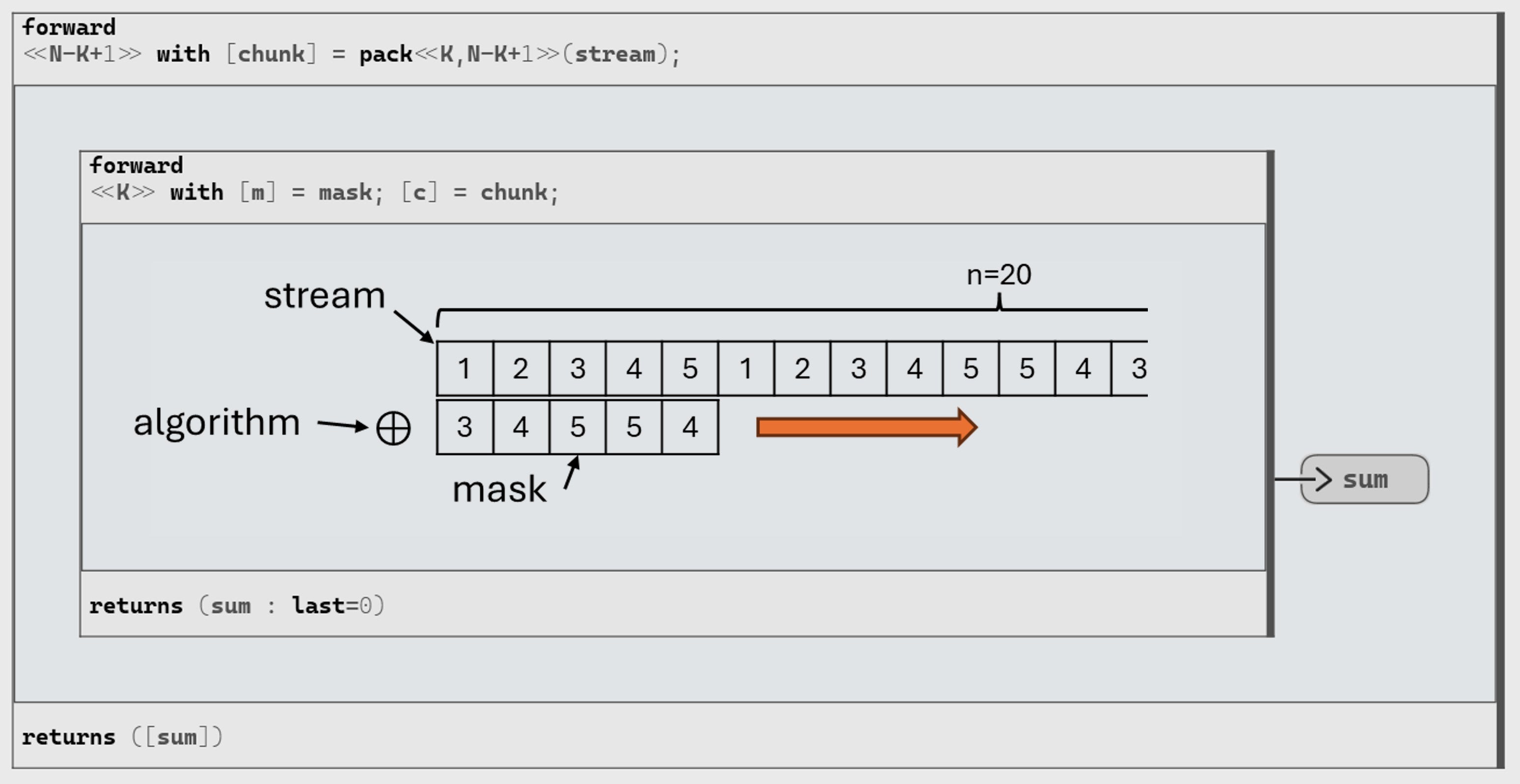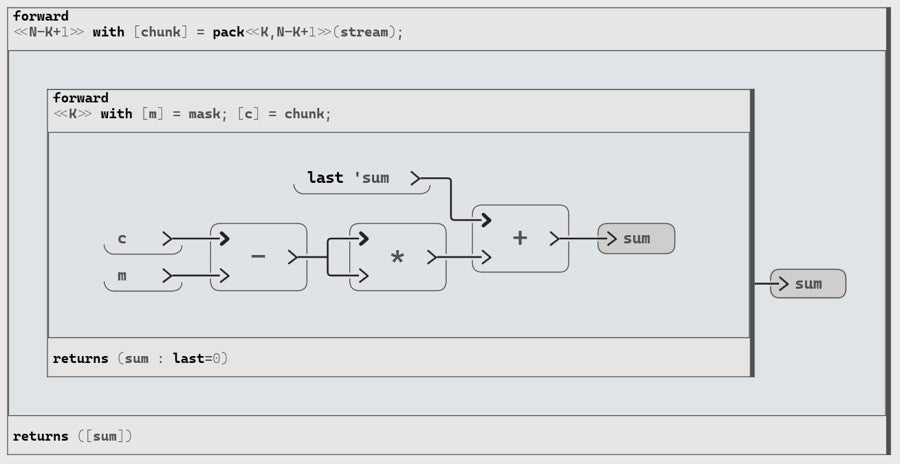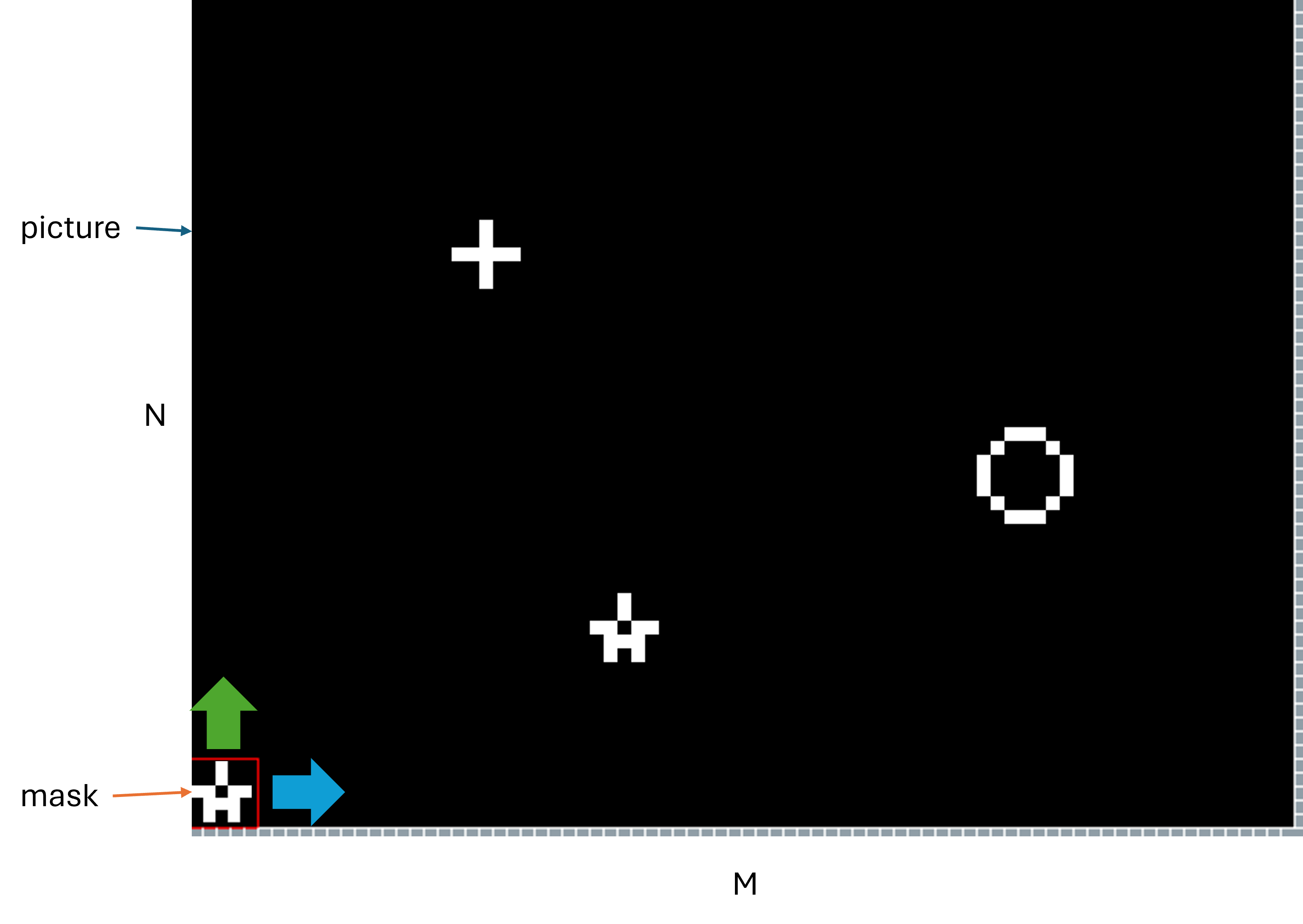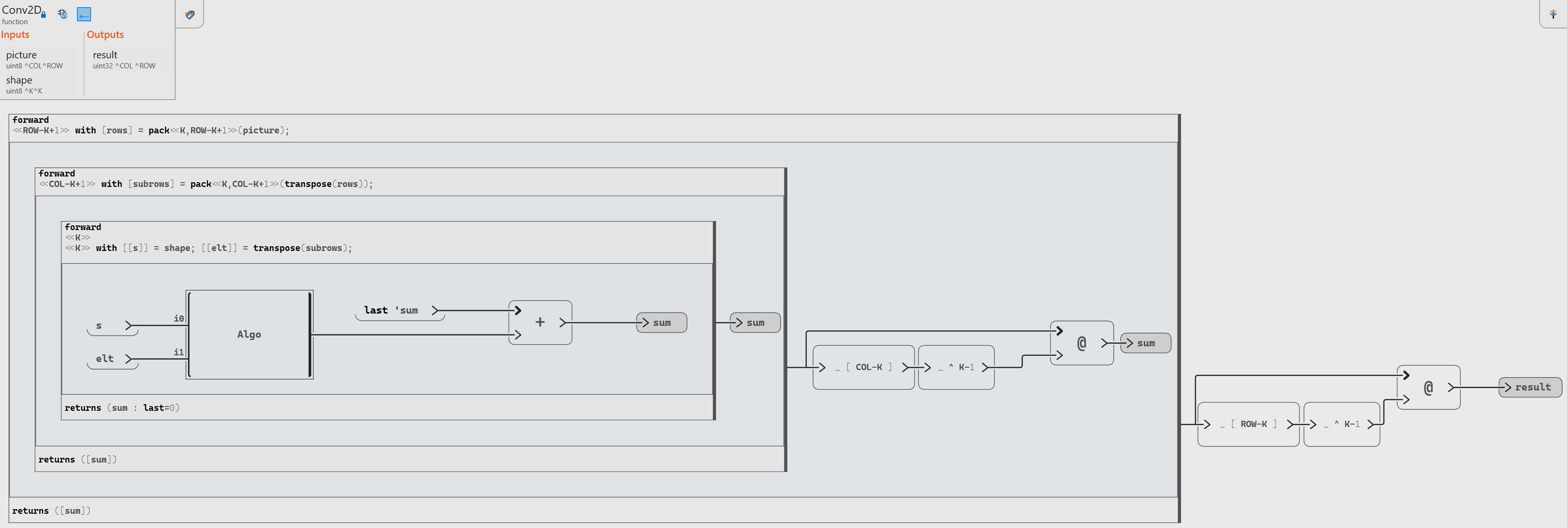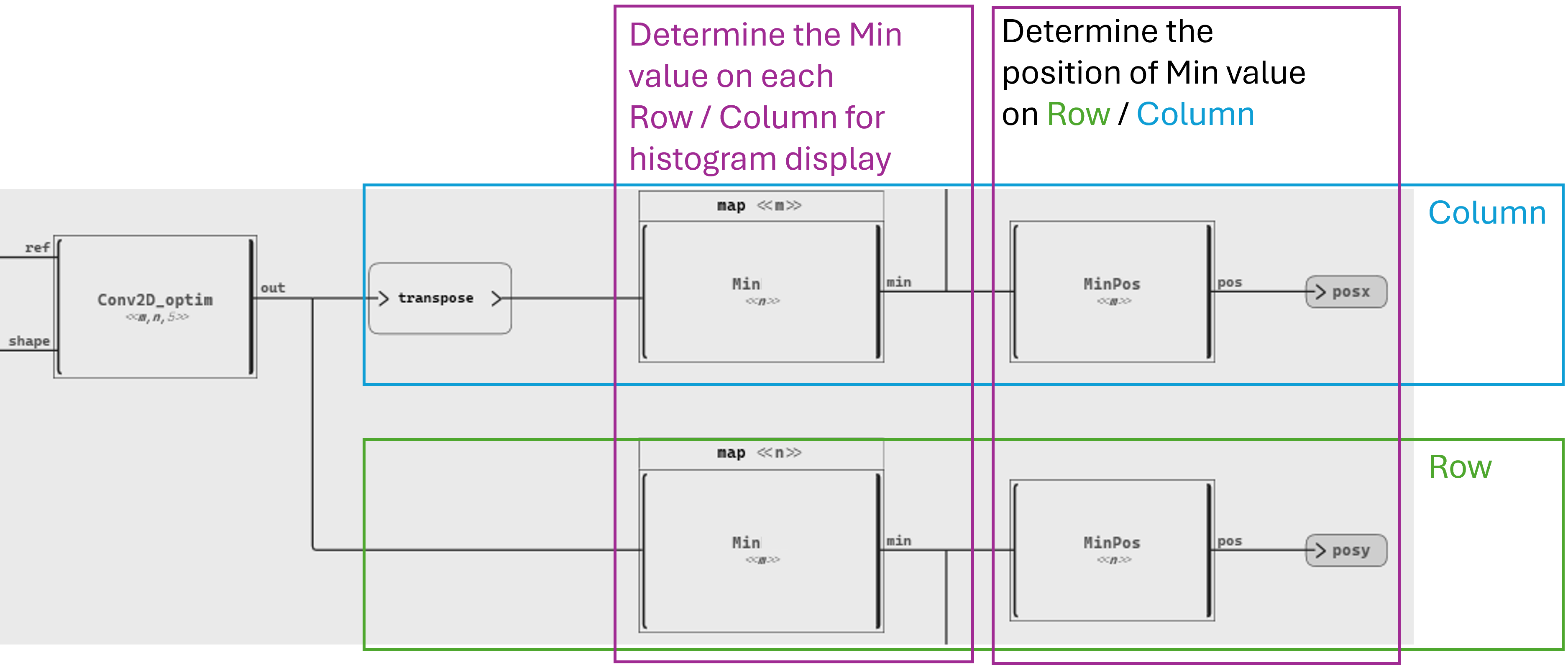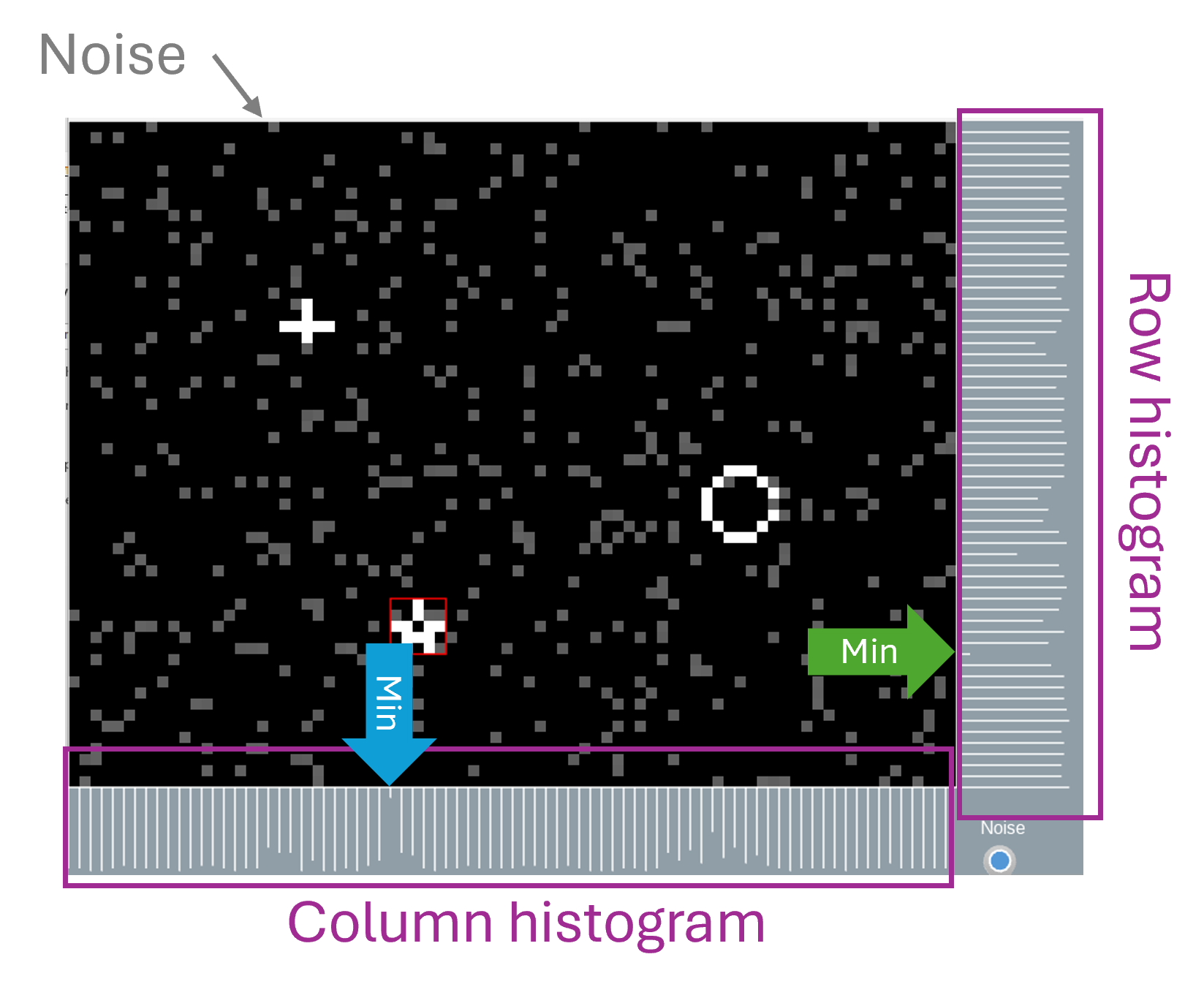Tagged: 2d, Forward, image processing, pack, Scade One, signal processing
-
-
January 13, 2025 at 8:52 am
 SolutionParticipant
SolutionParticipantIntroduction
In a previous blog series, we introduced Swan, the domain-specific language designed for modeling in Scade One. We also explored how the forward block facilitates the implementation of array and matrix operators with a new loop-like construct for iterative algorithms.
In this new blog, we will showcase the pack operator, a powerful new construct available in Swan, that helps address common uses cases in signal processing such as correlation, convolution, cross-correlation, and more.
The problem space
In today’s article, we will demonstrate how to to solve a signal processing problem with Scade One: detecting shapes in a noisy 2D image. To achieve this, we will implement a (somewhat naive) Scade One cross-correlation algorithm that demonstrates core principles.
The solutions presented in this article can apply to any signal processing problem that looks at a signal’s current value and its neighbors. This includes many common applications: filtering, edge detection, blurring, sharpening, correlation, convolution, etc.
A note on safe array access in Swan
One way to implement our algorithm would be to process our signal using a fixed-size, sliding window of elements.
By construction, the Swan language enables safe usage of arrays: arrays have a static size, no out-of-bounds accesses, and are fully defined. Any time we need to dynamically access an array index, we benefit from Scade One’s native array access protection. It returns a default value if the index is not within the array’s bounds:
In some cases, the model designer may have already added a similar protection to the index computation itself. Such an approach may introduce uncoverable points in the model, that may later need to be justified during validation.
One thing to note is that the above construct introduces an
ifstatement in the generated C code. Signal processing algorithms often involve processing large arrays and reading several contiguous values. Relying on the above construct for such a large number of reads would be detrimental to performance; we are therefore going to rely on another construct that fits our purpose better.Introducing the pack block
In the Swan language, successor of Scade, the new pack block allows us to process a Swan array or matrix by chunks, which may or may not overlap.
The pack operator guarantees safe and efficient usage of arrays without the need to specify redundant default values.
Swan language reference
pack<<k,m>>(A)returns the array composed ofmchunks of sizek; chunks can overlap.If
Ais of sizen,B = pack<<k,m>>(A)is such thatB[i][j] = A[s*i*j]wheres = (n-k)/(m-1)input: an array of typeT^n- input parameters:
k,mtwo sizes verifying the conditions:m>1andk<nand(m-1)divides(n-k) - output: an array of type
T^k^m
Examples:
Let’s have a look at four use cases, starting from this stream of values:
We want to apply an iterative algorithm on:
- 4 chunks with size 5 without overlap between each chunk.
n = 20, size of the streamk = 5, size of each chunks = 5, to avoid overlapLet’s verify constraints:
s = (n - k) / (m - 1)or :
m = (n - k) / s + 1pack<<5 , (20 - 5) / 4 + 1>>pack<<5,4>>
pack<<5,4>>(A)reshapesAfrominteger^20tointeger^5^4- Overlapping chunks with size 5, shifted by 1.
n = 20, size of the streamk = 5, size of each chunks = 1Let’s verify constraints:
s = (n - k) / (m - 1)or :
m = (n - k) / s + 1pack<<5 , (20 - 5) / 1 + 1>>pack<<5,16>>
pack<<5,16>>(A)reshapesAfrominteger^20tointeger^5^16- Overlapping chunks with size 5, shifted by 2.
n = 20, the size of the streamk = 5, the size of chunks = 2Let’s verify constraint:
s = (n - k) / (m - 1)or :
m = (n - k) / s + 1The result has no integer solution:
(m-1)does not divide(n-k).We need to add or crop values to or from the input stream to shift by 2 with pack
pack<<5,9>>(A @ [A[19]])reshapes A frominteger^21tointeger^5^9
Using pack in one dimension
A common signal processing need is to apply an operation, such as ⊗, ⊕, *, or any user algorithm between a sliding mask and a stream values:
Step 1, we reshape stream
Aby usingpack, as explained above, to propose a way to iterate safely with aforwardloop.With
N = 20andK = 5Step 2, we apply our algorithm on each element of the chunk. Let’s cumulate the square of the difference between chunk and mask elements:
And finally, we fill in our algorithm to compute the difference of squares:
The resulting array of this operation is an array of size
N-k+1.For consistency, let’s complete the output array by appending (
@operator) the end value to retrieve the same input size.The resulting stream is the following. It measures, at each position, the gap between the mask and the input stream. The minimum value corresponds to the best match (least difference). A result of 0 corresponds to the perfect match (no difference).
Running a test in our Scade One model, we confirm that the above example finds a perfect match at index 7:
Using pack in two dimensions
Let’s go back to our initial problem: detecting shapes in a 2D image. For this, we will use
packin two dimensions.Here, the stream becomes a picture, implemented as a two-dimension matrix of type
integer^COL^ROW.The mask is a small square shape, implemented as a two-dimension matrix of type
integer^K^K.We must now determine the position of the mask shape in the picture:
Our aim is to visit all parts of the image with the same size as the mask and apply our algorithm on each one.
The picture has type
integer^Col^Rowand the mask has typeinteger^K^K.We start by creating a pack of
Krows, shifted by one row:pack <<K, Row-K+1>>(picture)→integer^Col^K^(Row-K+1)Then, we iterate on each pack:
forward <<Row-k+1>> with [lines] = pack<<K,Row-K+1>>(picture);
Now, we want to create a pack of
Kcolumns from lines →integer^Col^K:To iterate on the second dimension Col, we must transpose the dimension:
transpose(rows)→integer^K^ColWhen applying pack on
transpose(rows):pack <<K, Col-K+1>>(transpose(rows)) → integer^K^K^(Col-k+1)
Our final form is:
forward <<Col-k+1>> with [subrows] = pack<<K,Col-K+1>>(transpose(rows));
We are now able to iterate on mask-sized subpictures, computing the difference between our mask and each subpicture.
Notice that here we use a square mask, and the dimensions seem good between the mask and the subpicture. All are matrices of type →
integer ^K^K.However, due to the previous
transposeoperation, mask dimensions are reversed; we must transpose our subpicture to realign it with the mask:forward <<K>> <<K>> with [[s]]=shape; [[elt]]=transpose(subrows);
Here is our final operator:
The resulting matrix measures, at each position, the difference between the mask and the input picture. The minimum value corresponds to the best match.
A naive approach to find this best match consists in extracting the position of the minimum value, cumulatively measured for each line and column.
Now that our implementation is complete, here is a video of our Scade One model in action, with a graphical panel showing what’s happening:
Conclusion
In this article, we demonstrated the use of the
forwardandpackSwan operators to solve a signal processing problem.We saw that these operators enable clear, readable signal processing algorithms. By construction, the Swan language enforces safe array access, which allowed us to focus on our logic without worrying about skipping values or out-of-bounds errors.
Explore Further
Download the example in this blog here. If you are a SCADE user, you may access Scade One Essential with your existing licenses on the Ansys Download Portal and experiment with this example!
Learn more about the forward and pack blocks by visiting the Language Explanations section of the Scade One User Documentation.
Finally, you may schedule a live demo of Scade One using this link.
About the author
Mathieu Viala (LinkedIn) is a lead Application Engineer at Ansys. He has been supporting SCADE customers in early development phases, managing PoCs, training and post-sales support for more than 16 years.
-


Introducing Ansys Electronics Desktop on Ansys Cloud
The Watch & Learn video article provides an overview of cloud computing from Electronics Desktop and details the product licenses and subscriptions to ANSYS Cloud Service that are...

How to Create a Reflector for a Center High-Mounted Stop Lamp (CHMSL)
This video article demonstrates how to create a reflector for a center high-mounted stop lamp. Optical Part design in Ansys SPEOS enables the design and validation of multiple...

Introducing the GEKO Turbulence Model in Ansys Fluent
The GEKO (GEneralized K-Omega) turbulence model offers a flexible, robust, general-purpose approach to RANS turbulence modeling. Introducing 2 videos: Part 1 provides background information on the model and a...
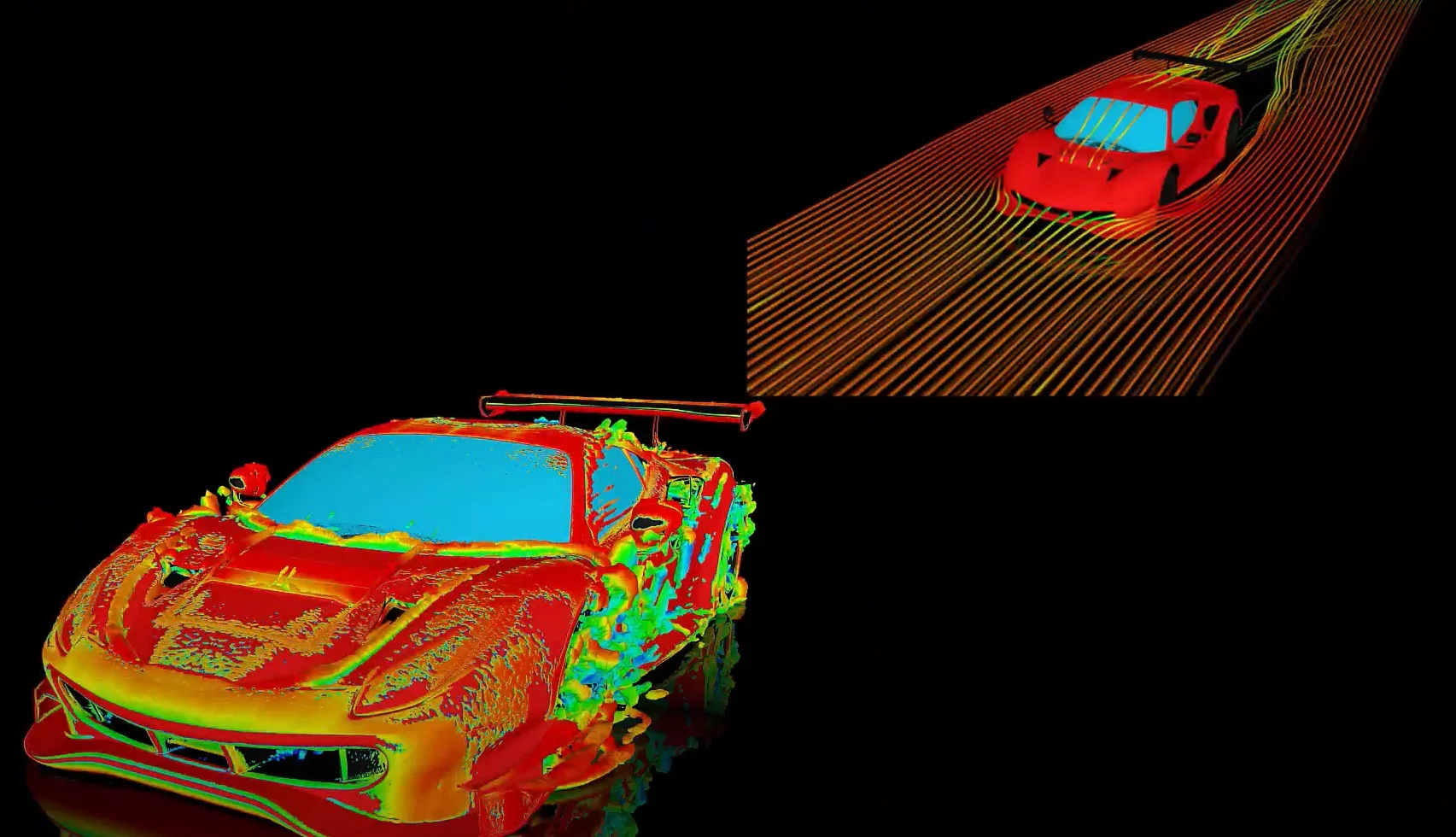
Postprocessing on Ansys EnSight
This video demonstrates exporting data from Fluent in EnSight Case Gold format, and it reviews the basic postprocessing capabilities of EnSight.

- Scade One – Bridging the Gap between Model-Based Design and Traditional Programming
- Scade One – An Open Model-Based Ecosystem, Ready for MBSE
- Scade One – A Visual Coding Experience
- How to Verify a Model on Host with SCADE Test? (Part 4 of 6)
- Using the SCADE Python APIs from your favorite IDE
- Introduction to the SCADE Environment (Part 1 of 5)
- How to integrate multiple SCADE models into one executable
- Scade One – Democratizing model-based development
- How to Generate Code with SCADE Display (Part 6 of 6)
- ARINC 661: the standard behind modern cockpit display systems

© 2025 Copyright ANSYS, Inc. All rights reserved.



